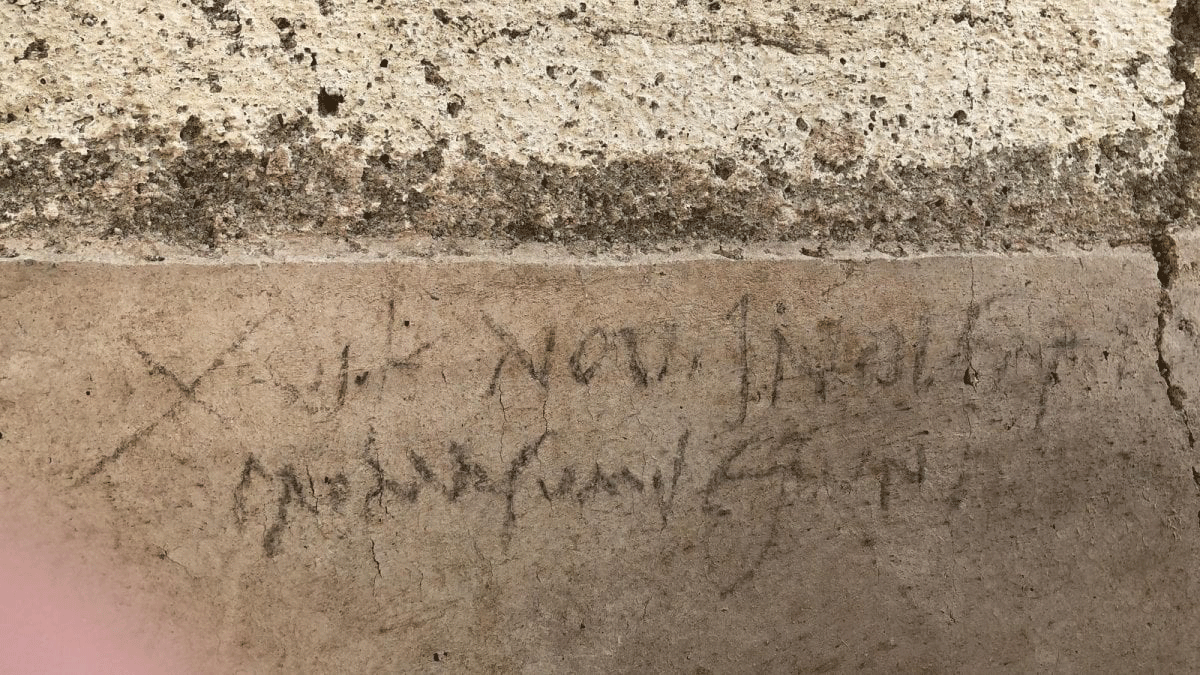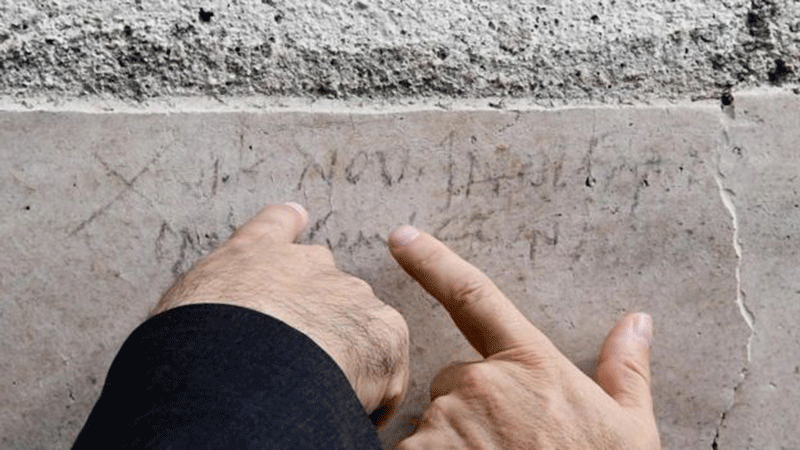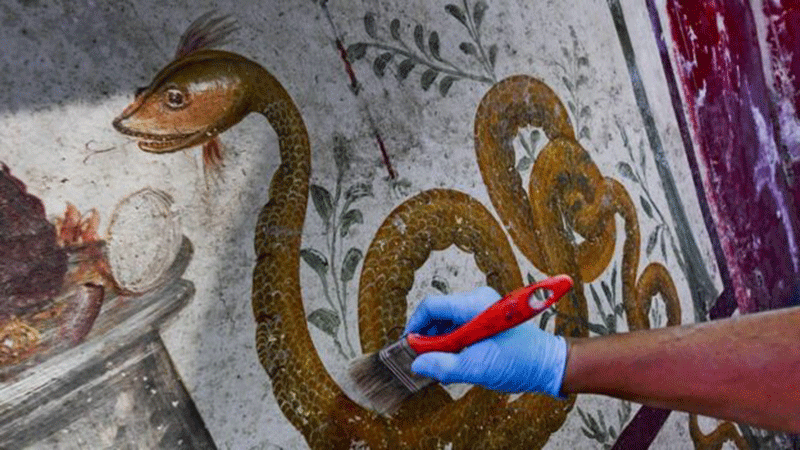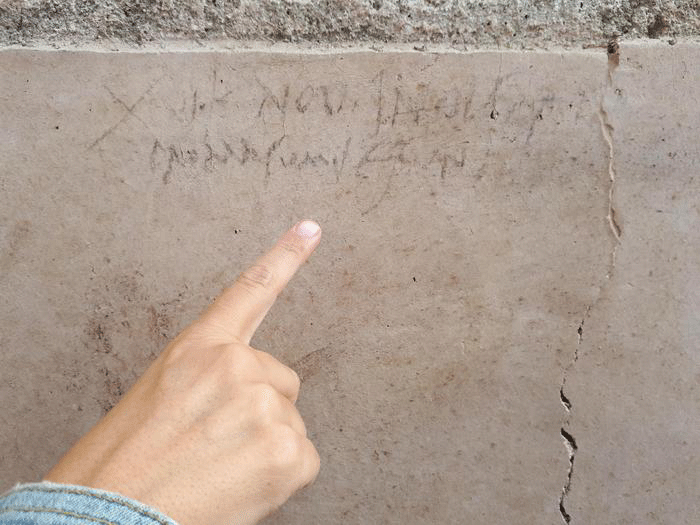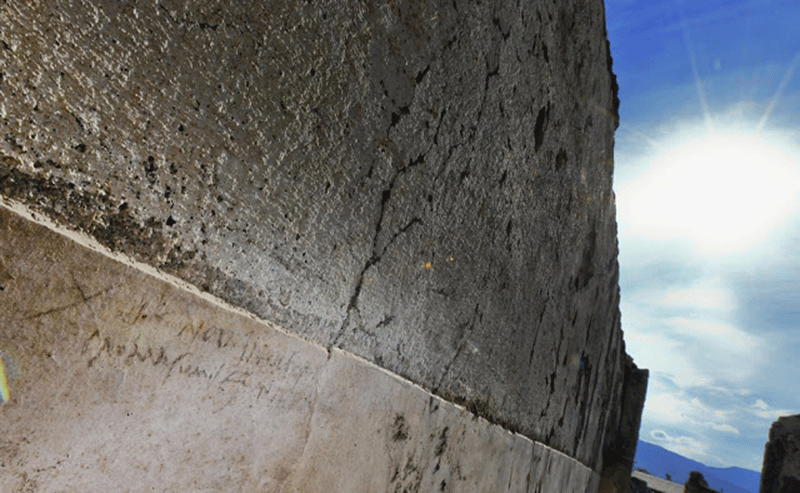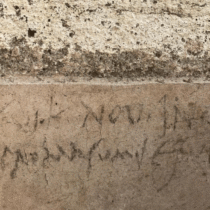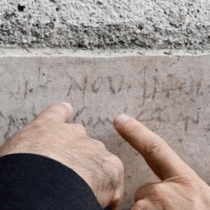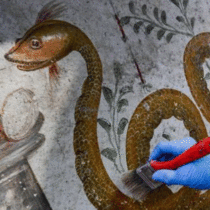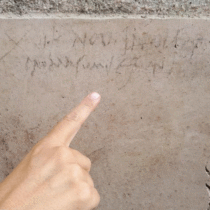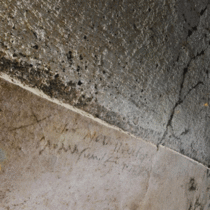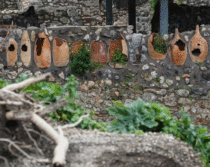A recent discovery in Pompeii changes the date of the volcanic eruption that destroyed the ancient city by two months. So far it was thought that the eruption took place in August of 79 AD while the new findings suggest it took place in October.
The discovery was a charcoal inscription found during excavations of the Regio V section of Pompeii and is dated the 16th day before the calends of November, namely October 17.
The inscription was found in a house that had been renovated before the eruption of Mount Vesuvius. Massimo Osanna, head of the Pompeii site said that since charcoal is a material that does not last long it was probably written in October and not much earlier.
Although the previous date comes from an account by Pliny the Younger in two letters to the Roman historian Tacitus, researchers have challenged this dating recently. But the letters were written two or three decades after the eruption and original copies do not survive. They are known to us from translations and transcriptions made over the centuries with dates ranging from August to November. This could be due to the fact that ancient and modern systems of counting days are not the same.
Autumnal fruits (a calcified branch of berries as well as pomegranates, chestnuts and grapes) and heating braziers found in the ruins have also supported the theory that the eruption took place later than August. In addition, a silver coin that was minted in 79 AD is inscribed with a list of Emperor Titus’ title as an imperator 15 times. Since his 15th acclamation as emperor took place on September 8th the new dating theory of the eruption is further supported.
Excavations have yielded many more important findings, presented this week, except the inscription, including elaborate frescoes and mosaics.
